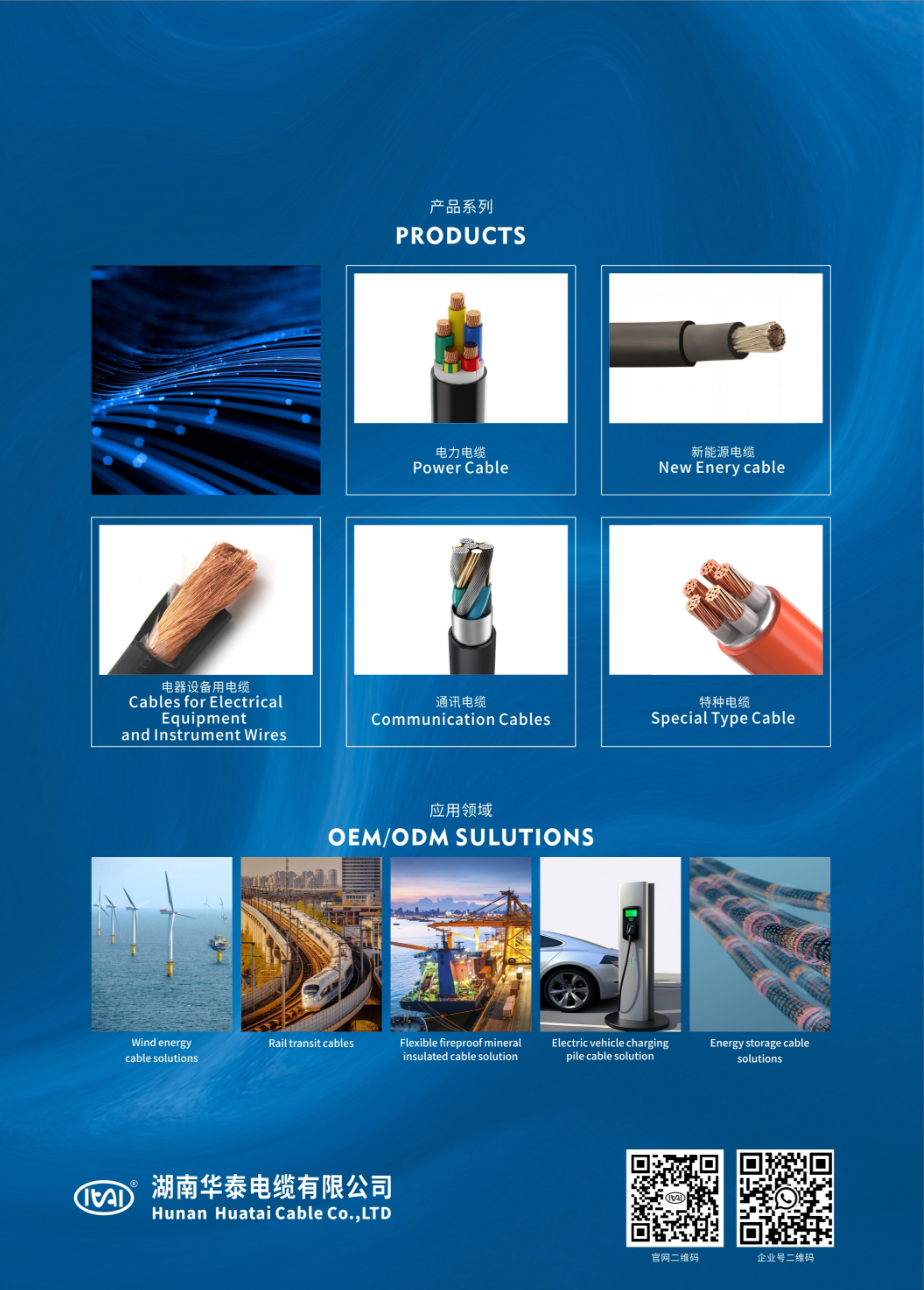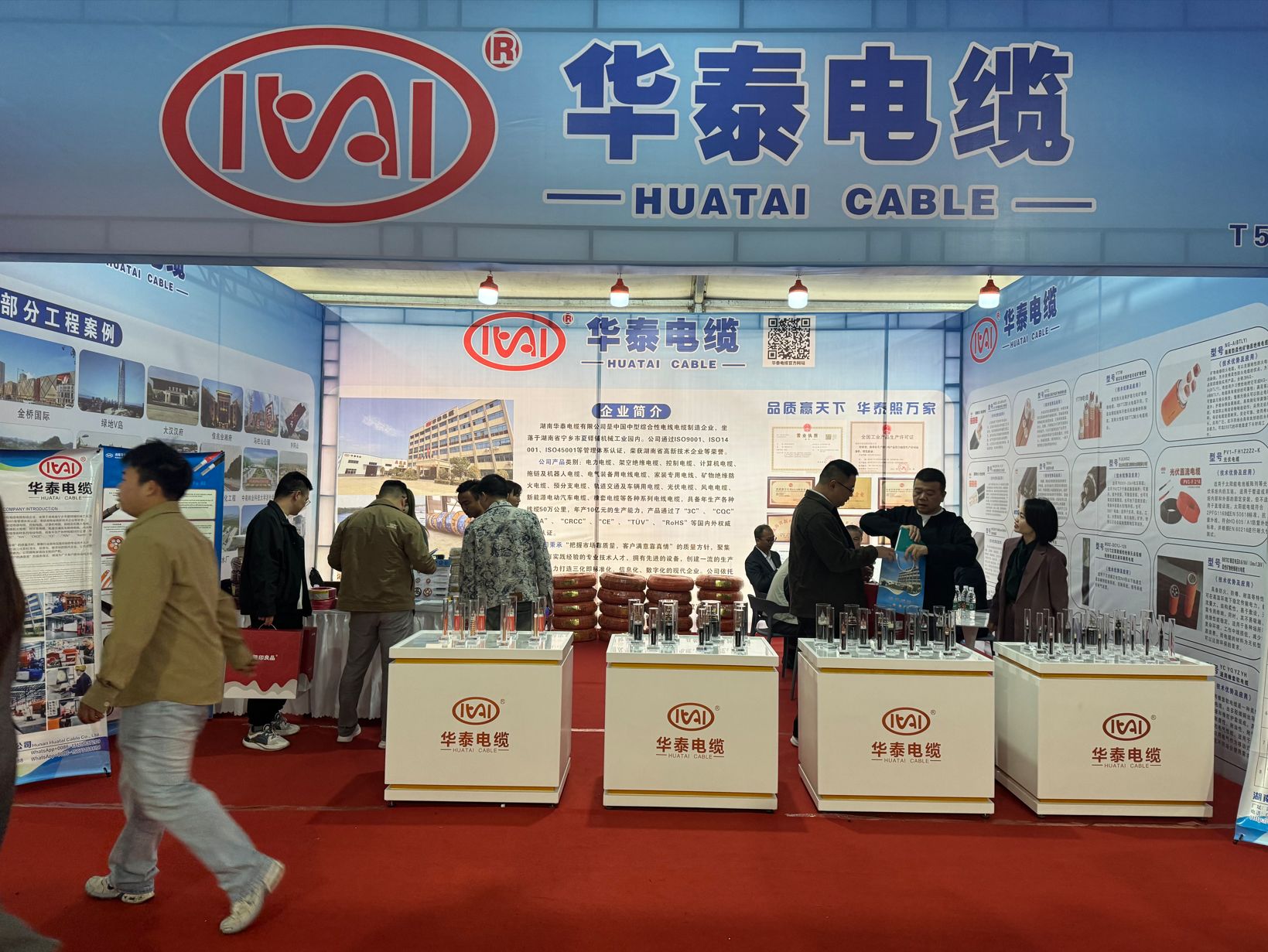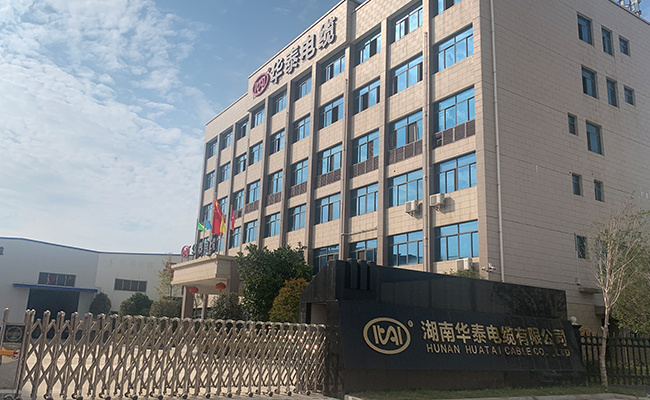Silane cross-linked cables
Time of Release:
2022-11-26
Source:
Author:
Silane crosslinking, also known as warm water crosslinking, in 1960 British Dow-Coning proposed to develop, also known as Sioplas method, that is, silane grafting crosslinking process, it is grafting and extrusion divided into two processes, the first step by the insulating material factory silane crosslinking agent and base material on the extruder grafting and extrusion granulation, the material is called A material, but also provide catalyst and colorant masterbatch, called B material. The second step is that the cable factory mixes materials A and B in a ratio of 95:5. And squeezed on the cable conductor on the ordinary extruder, and then put into 70 °C ~ 90 °C warm water crosslinking can also be crosslinked in the steam room. The process has low investment cost, can be processed by general extruders, and the material price is moderate, and it is widely used.
However, there are also the following disadvantages: (1) Grafted polyethylene is easy to cross-link with moisture in the air in advance, shortening the storage time, and the general storage period is half a year. (2) The storage period of the mixture of grafted polyethylene and catalyst masterbatch generally does not exceed 3h, so it needs to be extruded while mixing. (3) Because the two-step method is easy to lead to the mixing of impurities through multiple mixing, it can only be used for the manufacture of cable insulation of 10kV and below.
In order to overcome the limitations of Sioplas, in 1977, the British BICC and the Swiss company Maillefer cooperated, based on the two-step method invented by Dow Corning, and invented a one-step silane crosslinking process, also known as the Monosil process. It measures and mixes polyethylene binders, antioxidants and liquid silanes at the same time, that is, the grafting reaction and the catalyst addition process are combined, and the extruder with a length-diameter ratio of 30:1 is used to extrude the insulation on the cable conductor, that is, the grafting and extrusion of the insulation layer is completed by one step, so it is called a one-step method. It has the lowest material cost, the chance of contamination of impurities is reduced, and the storage period of materials can be greatly increased. However, this process technology is difficult, the equipment investment is larger than the two-step method, and it needs to be equipped with a liquid silane feeding system.
In the eighties, the Japanese company Diamond Cloning developed the copolymerization method based on the advantages of the two-step method and the one-step method. The copolymerization method also uses a silane comonomer - vinyl-trimethoxysilane, but the process is different. Instead of grafting organosilanes to polymer chains, hydrolyzable silanes are introduced in the polymerization process to produce an easy-to-process silane copolymer by copolymerizing ethylene and silane comonomers in an autoclave reactor, the key to this process is that the comonomer must contain an unsaturated group that can react with ethylene to form polymer chains. Ethylene silane copolymers are structurally identical to Sioplas grafted compounds.
Since the silane copolymer is manufactured in a reactor, it ensures high cleanliness and also avoids contamination of peroxide residues during grafting. The main advantage of silane copolymers is that because the silane comonomer is input at one time during the polymerization reaction, the regular distribution of the cross-linked lattice is achieved, so the amount of silane required is lower than the silane content required by the silane grafting compound. Due to the advanced and unique process of the copolymerization method. The prepared silane cross-linked polyethylene material has the following advantages:
(1) Good storage stability, storage time can generally exceed one year, while grafted products are only six months.
(2) During the processing of cross-linked polyethylene by copolymerization method, very few free substances and impurities are mixed, which improves the insulation performance and mechanical properties of the cable.
(3) When it is processed on an ordinary extruder, it produces less gas and has good stability in molding processing.
Later, the solid-phase one-step process and the cured silane process were developed successively. The solid-phase one-step process is to infiltrate silanes into the PE base material through a carrier such as white carbon and black. The cured silane process is to improve the silane feeding method, and the liquid silane can be adsorbed in porous polypropylene plastic or PE plastic to form cured silane. Both are one-step derivations. Recently, the market has derived a blend made of 50% copolymer and 50% binder, which is also widely used in China.
So far, there are seven silane crosslinking process production methods, three of which are derived. Among these seven methods, except for Monosil's one-step equipment investment and high price of copolymer materials, the rest can be produced using the original equipment; It has the advantages of simple production process, high yield and low production cost.
Next page:
Related information







